
Filling the big — scratch that — enormous shoes of famous forefathers would be enough to scare any new kid on the block. But as soon as the 2008 R35 Super GT weapon, built to contest the nine-round championship was unveiled at the Tokyo Auto Salon, it was evident that the new kid on the block was not only going to continue on the legacy but also rewrite it while doing so.

Seven years have now passed, and the GT500 machine has long since been retired to the Nissan DNA Museum on the outskirts of Tokyo. The compound is legendary and off limits to the public, so when I was offered the entire compound all to myself for two hours, how could I say no? It was built to house the legends and be available as an inspirational tool for the Nissan design engineers when they were in need of some vision. After showcasing the compound previously in NZ Performance Car, I decided that, on this particular visit, I would get up close and personal with a couple of my favourite cars, the first of those being the No. 23 Xanavi Nismo R35 GT-R.

View fullsize

View fullsize

Pedaled around the circuits by Satoshi Motoyama and Benoît Tréluyer, No. 23 was the number-one car of the two-car team. The Super GT cars are well known for their wild aero and aggressive appearance. If you think a stock R35 looks angry, then wait until you see this one in the flesh. When Nissan changed from the 350Z platform to the R35, the company wanted to ensure that weight was kept to a minimum, centre of gravity was as low as possible, and the VK45 engine was better than it had ever been. In 2008, Nissan opted for the 4.5-litre V8 mated to a six-speed sequential gearbox, as the production GT-R’s 3.8-litre V6 was still too green for the upper echelons of motorsport and the torque output wasn’t up to GT500 standards. The end result was an 1100kg GT-R producing 365kW (489bhp) with an idle of 3500rpm. Peak torque came at 6800rpm and peak horsepower at 8200rpm, thanks to engine tuner Impul. This translated to an 80-per-cent win ratio, which can really only be described with one word — dominance.

View fullsize

View fullsize
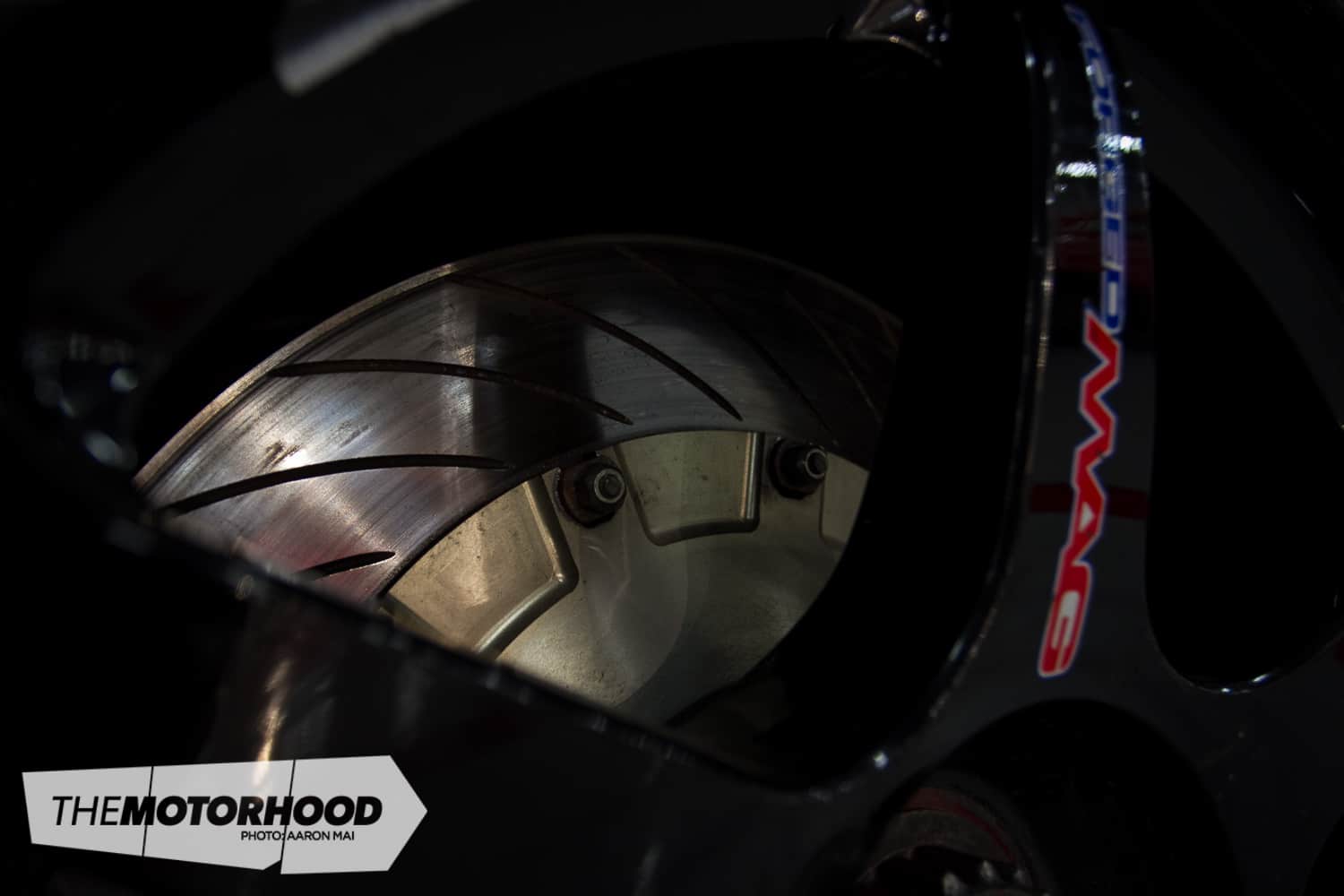
The biggest surprise that the car had to offer up was how intricate and technologically advanced everything was. Looking at it, I continually had to remind myself that this was cutting edge seven years ago. And though a lot of it is now considered old by Japanese standards, it was still utterly mind blowing. Inside the cockpit, the driver sits in a cocoon of carbon fibre, every adjustable setting of the car a mere hand’s reach away. It was obvious that every inch of the car had been designed in the traditional Japanese way, so finding faults would be almost impossible. As the bonnet pins were clicked out and the top came off, the 500-plus-brake-horsepower beating heart of the car looked oddly small. With such an aggressive aero kit and big 18×13-inch Volk wheels wrapped in Bridgestone rubber, it was no wonder. Nestled in the side were the double wishbone suspension and Öhlins shocks, and the carbon-fibre airbox that feeds the engine with as much cold air as it possibly can was perched on top.
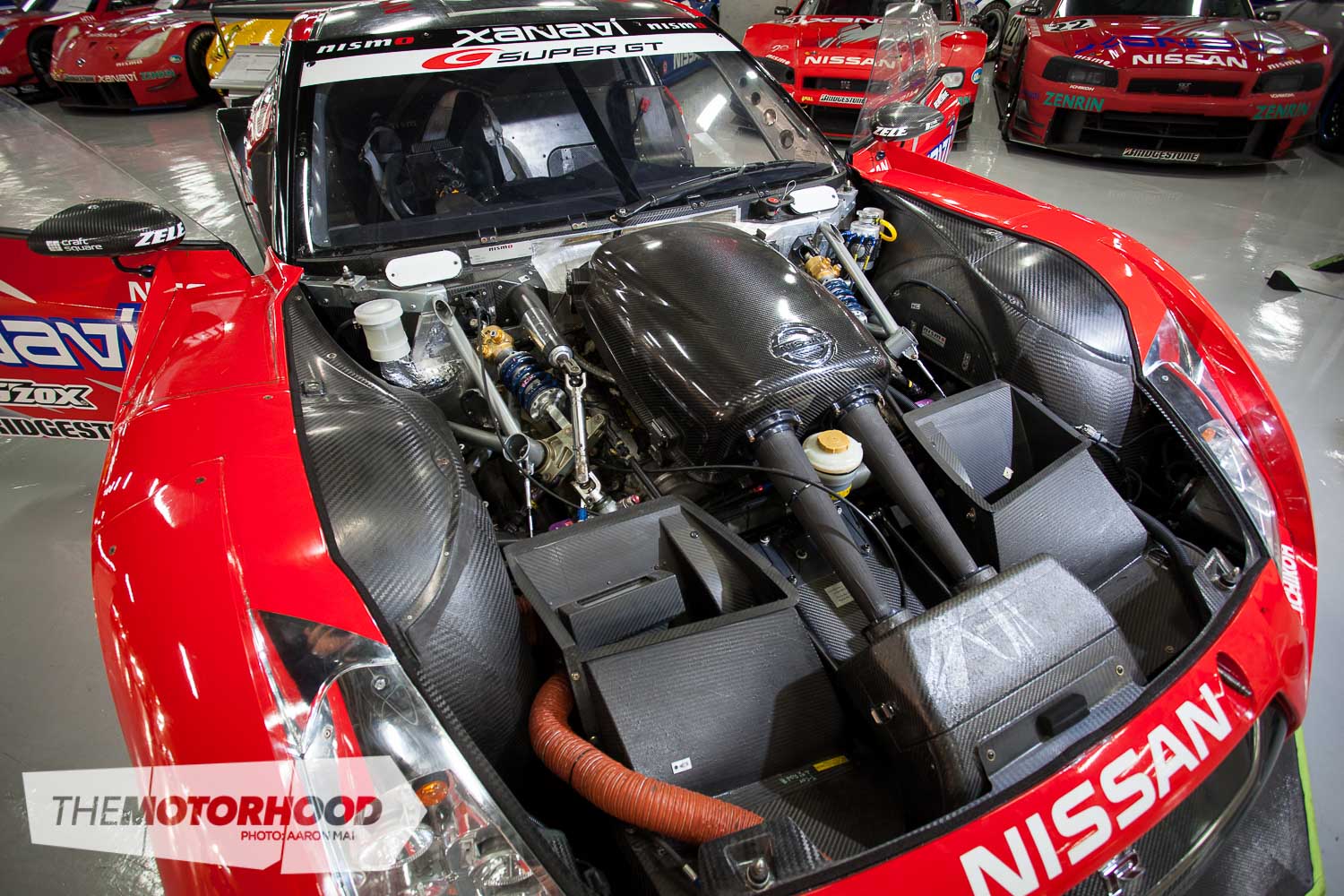
View fullsize

View fullsize

Even today, Nissan hasn’t let too much information about this car go public. “We like to keep our secrets of success close to our heart, and that goes for our past success[es] as well,” my guide smiled. In Japanese motorsport circles, you can’t go much more top-shelf than Super GT, so I don’t blame them for keeping tight-lipped. Godzilla has a larger-than-life reputation, and standing in front of the 2008 championship-winning car was a slightly humbling moment, to say the least.
NZ Performance Car would like to extend a huge thank-you to Nissan and Azusa Momose for the kind hospitality; we look forward to returning again soon.
View fullsize

View fullsize

View fullsize

View fullsize

View fullsize

View fullsize

View fullsize

View fullsize
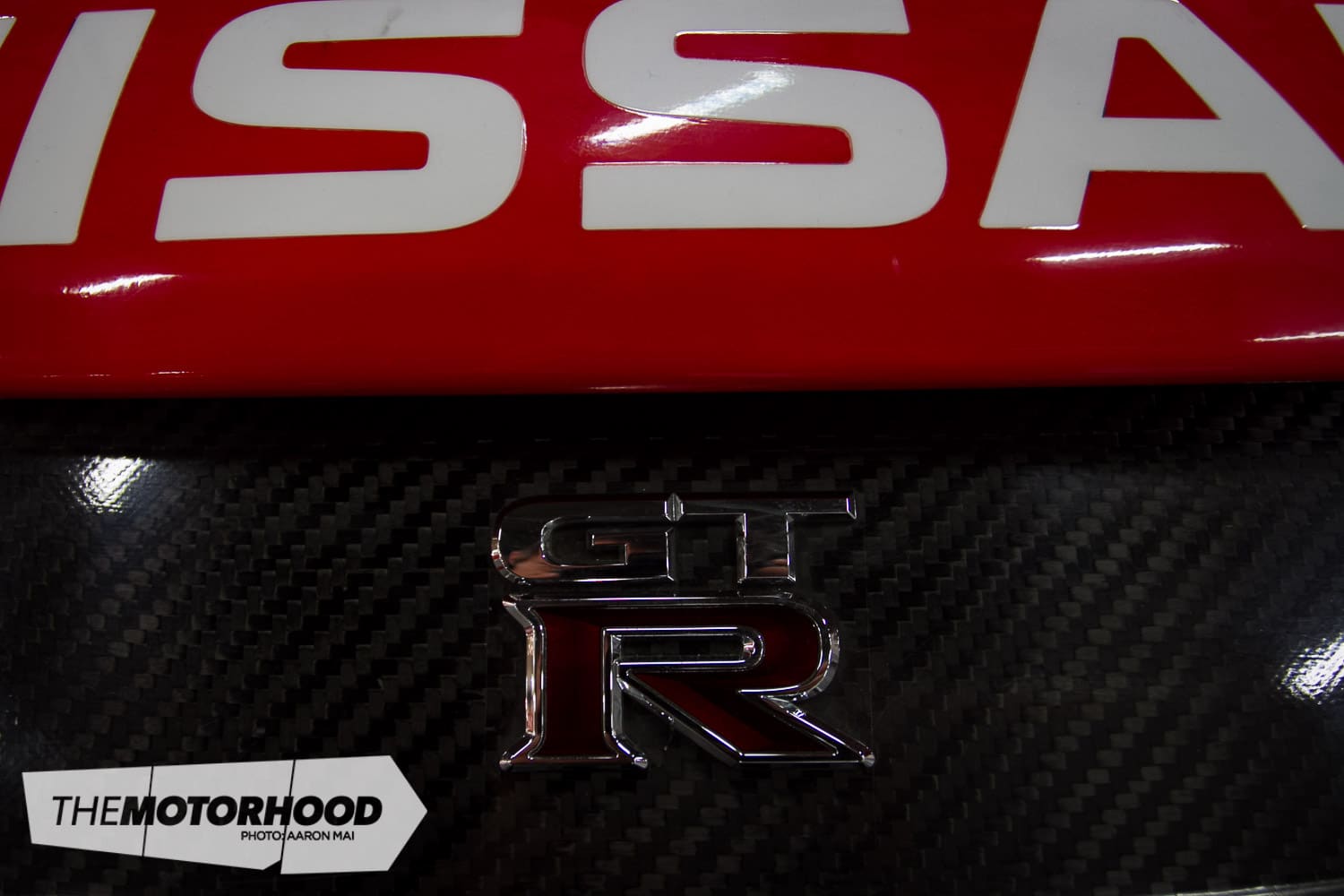
View fullsize

View fullsize

View fullsize

View fullsize
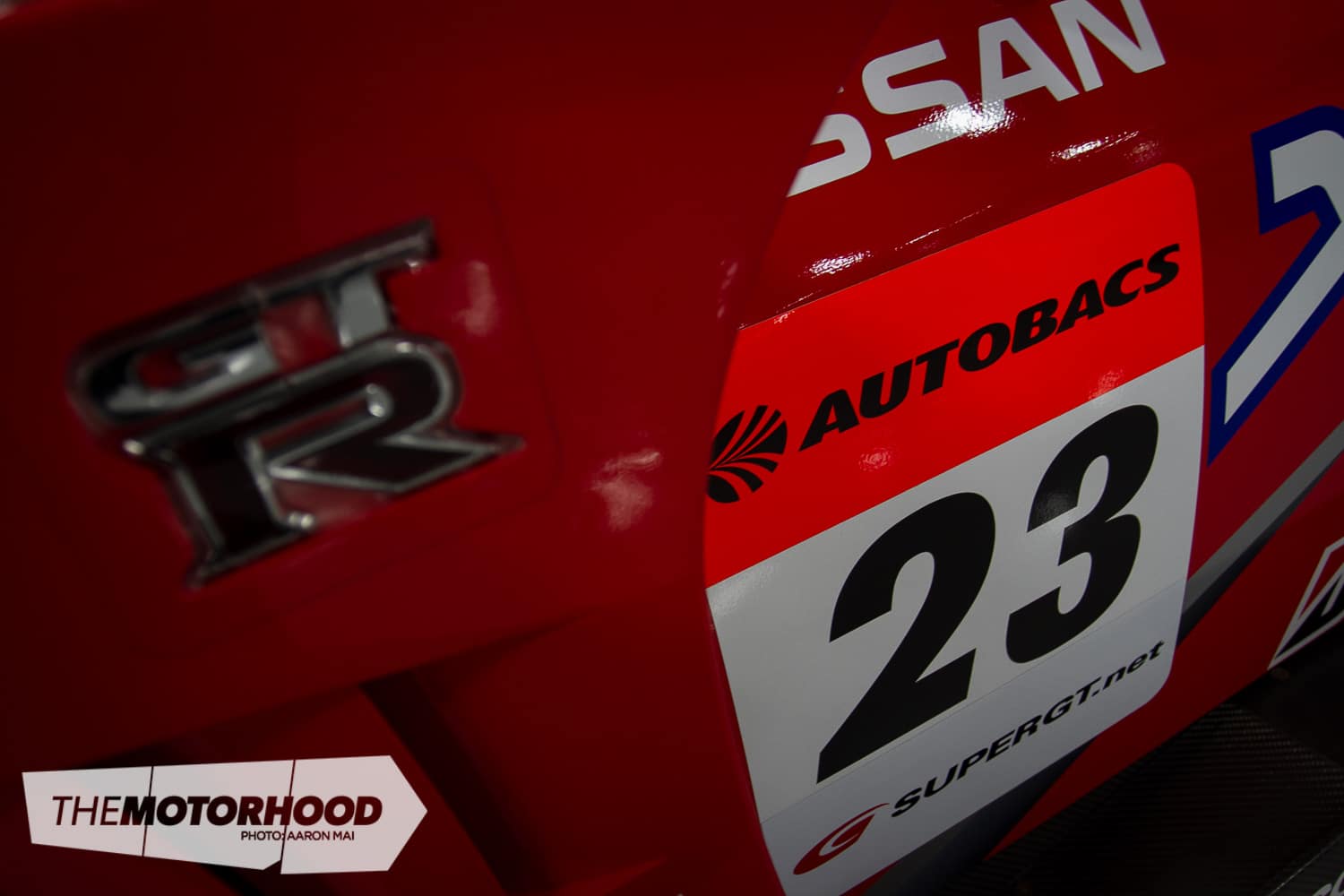
View fullsize
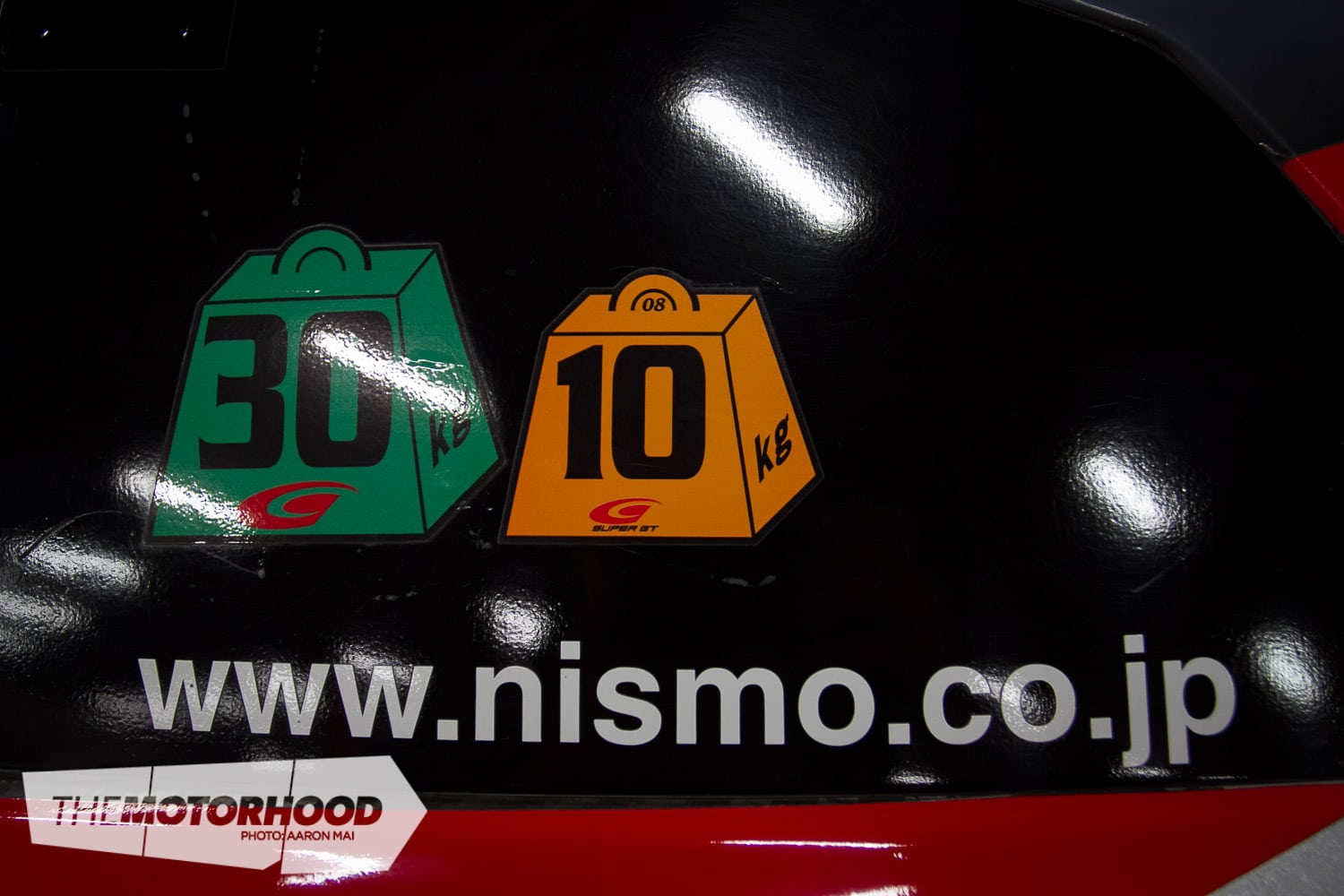
View fullsize

View fullsize

View fullsize

View fullsize

View fullsize

View fullsize

View fullsize
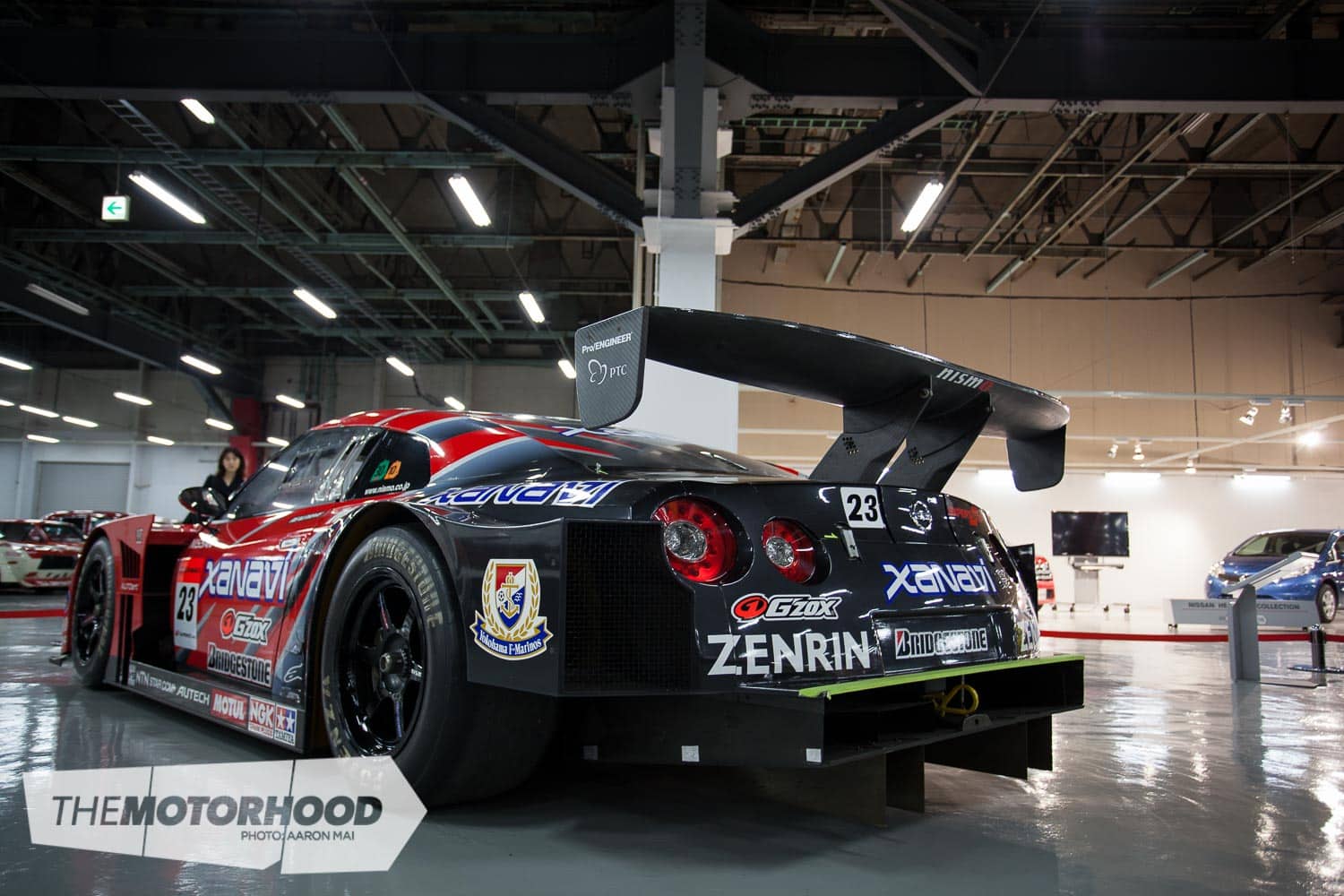
View fullsize
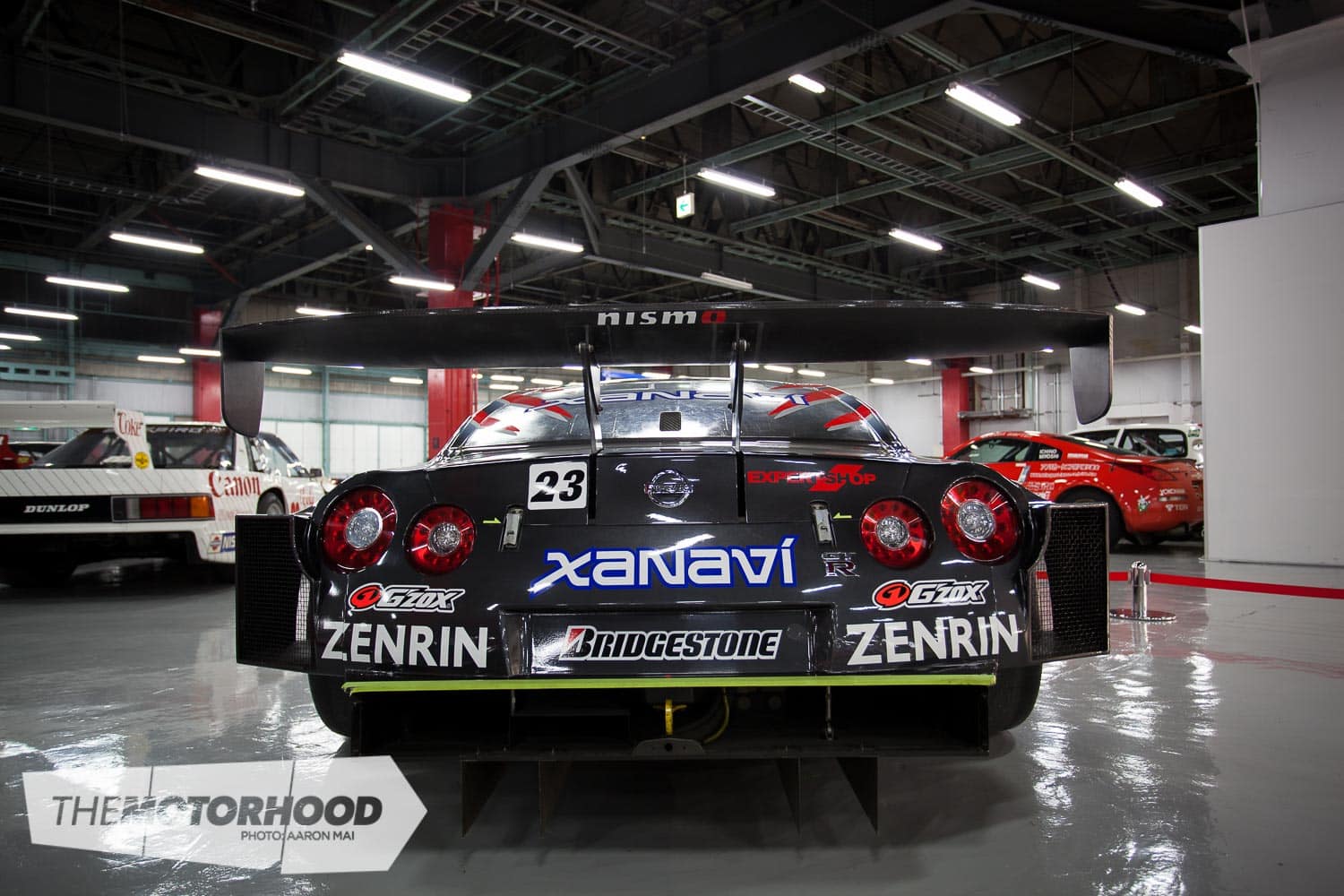
View fullsize

View fullsize

View fullsize

View fullsize

View fullsize

View fullsize

View fullsize

View fullsize

View fullsize

View fullsize

View fullsize

View fullsize

View fullsize

View fullsize

View fullsize

View fullsize

This article was originally published in NZ Performance Car Issue No. 229. You can pick up a print copy or a digital copy of the magazine below:






